Structural vibration and dynamics analysis
In general, mechanical vibrations can be defined as oscillatory movements of bodies around an equilibrium position [1]. These movements produce dynamic charges which can require a big effort of the acting structures. This article will introduce you to KOT Engenharia’s work on analyzing this kind of vibrations and dynamic structures.
The relevance of the vibration and dynamics structural analysis has been increasing with the advancements in modern engineering, mostly because, before the industrial revolution, structures had an elevated self-mass, thus, the vibrations upon the pieces were of smaller magnitude and the dynamic response low.
The arrival of new materials such as cast iron, steel and aluminium, alongside the evolution of knowledge around materials’ properties and structural loads, resulted in the significant reduction in the structural mass. Besides, machinery evolved to become more efficient and, therefore, started presenting higher rotation speeds. This scenario justifies the increase of the vibrations over the structures [2].
The vibration presented by the machines and structures are, most of the times, undesirable as it incurs excessive noise, harmful movements and dynamic stresses that contribute to fatigue processes.
For better contextual understanding, the following concepts apply:
- Resonance: every mechanical system possesses, at least a natural vibration frequency which depends exclusively on its own mass and rigidity. The resonance is the process which takes place when this system is excited with a frequency equal to one of its natural vibration frequencies, increasing the amplitude of its movements constantly.
- Fatigue: the ASTM legislation [ASTM-E 823-96, 2000] defines fatigue as: “Progressive and localized permanent structural modification process which occur in a material submitted to tension and cyclical deformation producing conditions which can culminate in cracks or breakage after a specific number of cycles”. This sequence of events is illustrated in Figure 1.

One of the classic pieces of evidence of the need for a structural vibration and dynamics analysis is portrayed by the collapse of the Tacoma Narrows bridge. In 1940, the suspension bridge went into a resonance state when excited by the wind load and, due to this and a combination of other reasons, failed [4]. Figures 2 to 4 present the bridge at its natural state, in excitation and after the disaster, respectively.
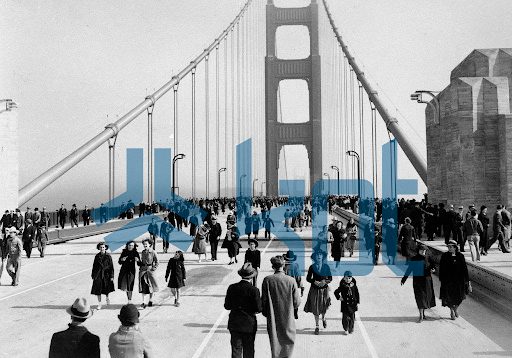
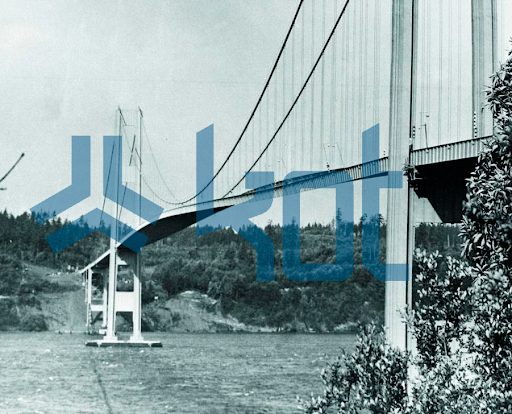
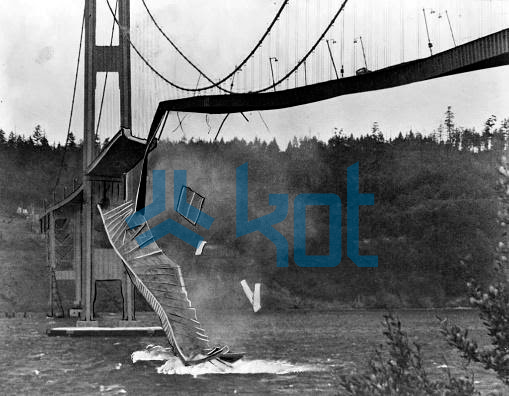
Fatigue, in turn, has even been the cause of problems such as preventing the use of large aircraft turbines.
Kot can act in the prevention of events like the one presented above by undertaking studies through Finite Elements Method (FEM), a tool widely used in the context of applied engineering. The company’s experience comes due to several assets such as, Vibrating Screens, Metallic and Civil Structures, Train Tracks, Wagons and Passenger Cars, Wheels, Tanks, Conveyors, Rotors, Axles and Bearings, among others.
KOT also applies the vibration analysis method using image treatment, learn more about this application clicking here!
These analyses can incur benefits beyond collapse prevention, the most important being:
- Prevention against unexpected machine stops;
- Increase in the plants reliability and productivity;
- Presentation of an exact diagnosis of the equipment and structures.
Conclusion
The structural vibration and dynamics analysis is a theme of extreme importance from the economic and safety points of view. Kot has the required knowledge to implement it, being also able to evaluate different operational contexts and contribute to the results. Consult our team for further information.
Get in touch with KOT’s specialists team!

KOT Engenharia’s Team
With over 29 years of history and various services provided with excellence in the international market, the company promotes the integrity of its clients’ assets and collaborates in solutions to engineering challenges. For this integrity, it uses tools for calculation, inspection, instrumentation and monitoring of structures and equipment.
References:
[1] Corneliu Cismasiu (s.d). Apontamentos de Vibrações Mecânicas.
[3] Acervo Kot.
[2] C. Beards (1996). Structural Vibration: Analysis and Damping.
[4] K. Yusuf Billah and Robert H. Scanian (1998). Resonance, Tacoma Narrows bridge failure, and undergraduate physics textbooks.
[5] Física Matemática Músicas e Filmes. Ponte de Tacoma. Disponível em: <https://engenharia360.com/o-incrivel-caso-da-ponte-de-tacoma/>
[6] – Magnus Mundi (2014). Ponte de Tacoma. Disponível em: <https://engenharia360.com/o-incrivel-caso-da-ponte-de-tacoma/>
[7] Kitsap Sun (s.d) Ponte de Tacoma. Disponível em: <https://engenharia360.com/o-incrivel-caso-da-ponte-de-tacoma/>

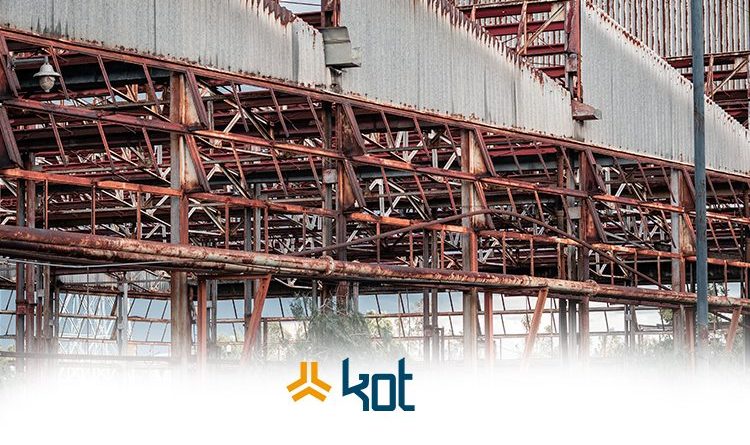
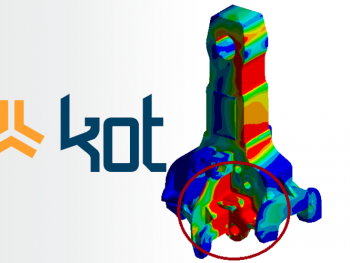
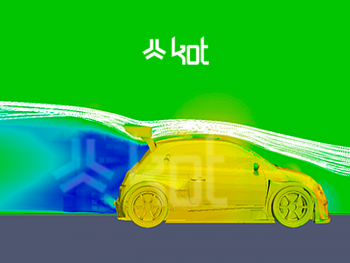



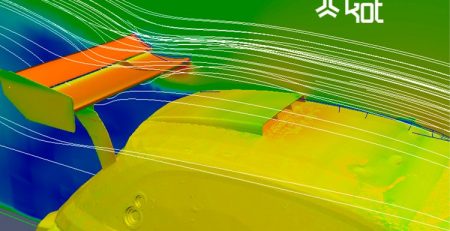

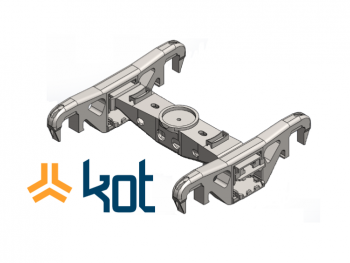
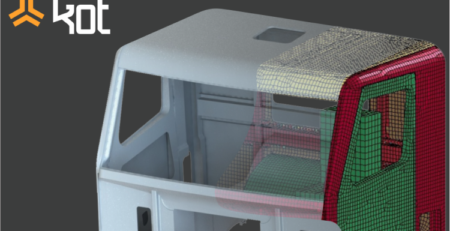

Leave a Reply